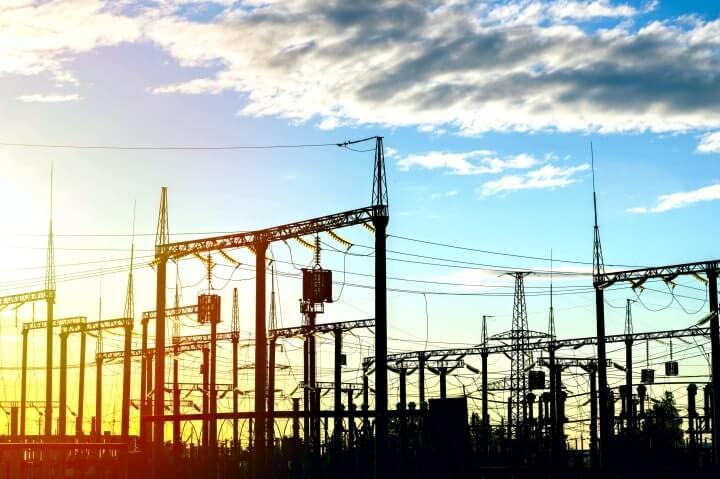It’s no secret that our lives entirely depend upon electricity. But do you know how the electric current gets to our homes and offices? Electricity flow is a flow of electrons through a wire. This flow is bifurcated into 2 types – alternating current (AC) and direct current (DC).
AC and DC are differentiated based on the direction of the electricity flow. The movement of electrons keeps changing in the alternate current. It goes forward and then backward. In direct current, the electricity will flow in a single direction.
In this article, we will understand the AC voltage and DC voltage in detail. We will also throw light on what are other differences between them and which one is preferable.
What is Alternate Current?
The current which goes back and forth in its direction is called alternate current. Its size and polarity also differ from time to time. AC works on a frequency of 50-60 Hz. The AC can transform from High to low value via a transformer. It can reverse, i.e. from low to high value also very quickly. Therefore AC is regarded as the best alternative for transmission and distribution.
What is Direct Current?
Contrary to AC, the electricity flow runs in one direction in direct current. It runs on zero frequency. The size and polarity of DC remain the same all the time. Thus it is used for mobile phones, welding purposes, electronic equipment, and electric vehicles.
The Difference Between AC vs DC
| Criteria | AC voltage | DC voltage |
| The Direction of The Current | The current changes its direction. | The current doesn’t change its direction. |
| Flow of Charge | The charge flow by rotating the coil in a magnetic field or rotating the field within a steady ring. | The charge flow by constant magnetism in the wire. |
| Frequency | It runs on a frequency of 50-60 Hz depending on the country. | It runs on zero frequency. |
| Power Factor | The power factor lies between 0 to 1. | Power factor is always 1. |
| Generation of Current | The current is generated via the alternator. | The current is generated via generator and battery. |
| Load | The load is capacitive, resistive or inductive. | The load is resistive |
| Graphical Representation | Since AC voltage flows in back and forwards direction, it can be graphically depicted by saw-tooth, square or periodic waves, and other kinds of waves. | The DC voltage flows in one direction. Therefore it can be depicted by a straight line. |
| Transmission Over a Long Distance | Does some losses while transmitting over a long distance | Does insignificant loss while transmitting over a long distance. |
| Conversion | Converts into DC voltage through a rectifier | Converts into AC voltage through an inverter |
| Requirement of Substation | Needs a limited number of substations to generate and transmit current. | Needs more substations to generate and transmit current. |
| Usage | Useful for general household and industrial purposes. | Useful for flashlight, electroplating, electric vehicle, and electronic equipment etc. |
The Process of Generating Alternate Current
AC is generated through the alternator. This is a device specially designed to produce an alternate current. A wire loop is inserted inside a magnetic field. The rotation of wire is done via flowing water, wind turbine, steam turbine, and others. The wire spins from time to time to enter various magnetic polarity. Thus the AC voltage’s current changes directions periodically.
The Process of Generating Direct Current
There are multiple ways to generate DC voltage. The commutator is a device that can produce DC. It generates DC by converting AC into DC. Batteries can also generate DC through a chemical reaction inside them.
The Advantages – AC vs DC
There are various advantages of AC voltage over DC voltage. Some of them are –
- AC encloses more space in comparison to DC.
- AC is less expensive than DC
- It is simpler to generate a current through AC rather than DC.
- The loss of power is lesser in AC during transmission in comparison to DC.

D&F Liquidators has been serving the electrical construction materials needs for more than 30 years. It is an international clearinghouse, with 180,000 square facility located in Hayward, California. It keeps an extensive inventory of electrical connectors, conduit fitting, circuit breakers, junction boxes, wire cable, safety switches etc. It procures its electrical materials supplies from top-notch companies across the globe. The Company also keeps an extensive inventory of electrical explosion proof products and modern electrical lighting solutions. As it buys materials in bulk, D&F is in a unique position to offer a competitive pricing structure. Besides, it is able to meet the most discerning demands and ship material on the same day.






